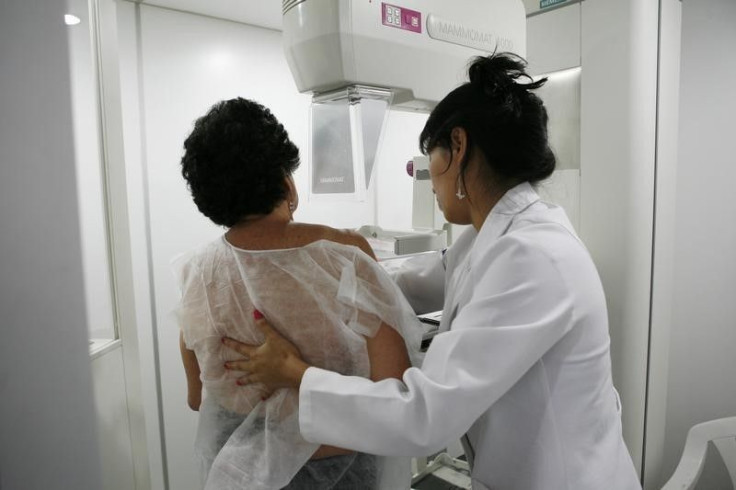Mammograms May Not Reduce Breast Cancer Deaths

(Reuters Health) - Breast cancer screenings may not lead to fewer deaths, suggests a new study of U.S. data.
In areas of the U.S. with high levels of screening, more tumors were diagnosed - but breast cancer death rates were no lower than in areas with fewer screenings, researchers report.
Each year, about 230,000 U.S. woman are newly diagnosed with breast cancer, according to the National Cancer Institute.
While screening guidelines very, the government-backed U.S. Preventive Services Task Force says average-risk women should have mammograms every other year between ages 50 and 74. Getting screened before age 50 should be an individual decision, according to the Task Force.
For the new study, Richard Wilson and colleagues from Harvard University in Cambridge, Massachusetts analyzed breast cancer screenings, cancer diagnoses, tumor characteristics and deaths in 547 U.S. counties.
The data came from nearly 16 million women living in those counties in 2000. All were at least 40 years old. The percentage who had screening mammograms ranged from 39 percent to 78 percent, depending on where they lived.
Overall, more than 53,000 of the women were diagnosed with breast cancer in 2000.
The researchers report in JAMA Internal Medicine that the number of breast cancer diagnoses rose with the number of screenings, but the amount of breast cancer deaths over the next 10 years remained the same.
Overall, a 10 percentage point increase in breast cancer screenings was tied to a 16 percent increase in breast cancer diagnoses.
The number of screening mammograms performed did not affect the number of breast cancer deaths, however.
Most of the additional cancers detected on screening were small tumors. There wasn't an increased in diagnosis of large - and presumably more advanced - tumors.
The findings suggest breast cancer screenings lead to overdiagnosis because they mainly catch smaller tumors, the researchers say.
They did not respond to a request for comment by press time.
They warn in their paper, however, that their findings may be limited by so-called ecological bias, which can occur when assumptions are made about individuals from data of a large group.
Dr. Joann Elmore and Ruth Etzioni of the University of Washington in Seattle agree in an editorial that the study's results are limited by the potential of ecological bias.
For example, there is no way to know if the women who received the mammograms were the same women who went on to be diagnosed with the disease, they write.
Also, Elmore and Etzioni caution, other unmeasured factors may account for the lack of difference in breast cancer deaths.
"Prior ecological studies of mammography conducted at the larger state level with a wider range of mammography frequencies showed a decline in breast cancer mortality associated with more screening," Elmore and Etzioni added.



























